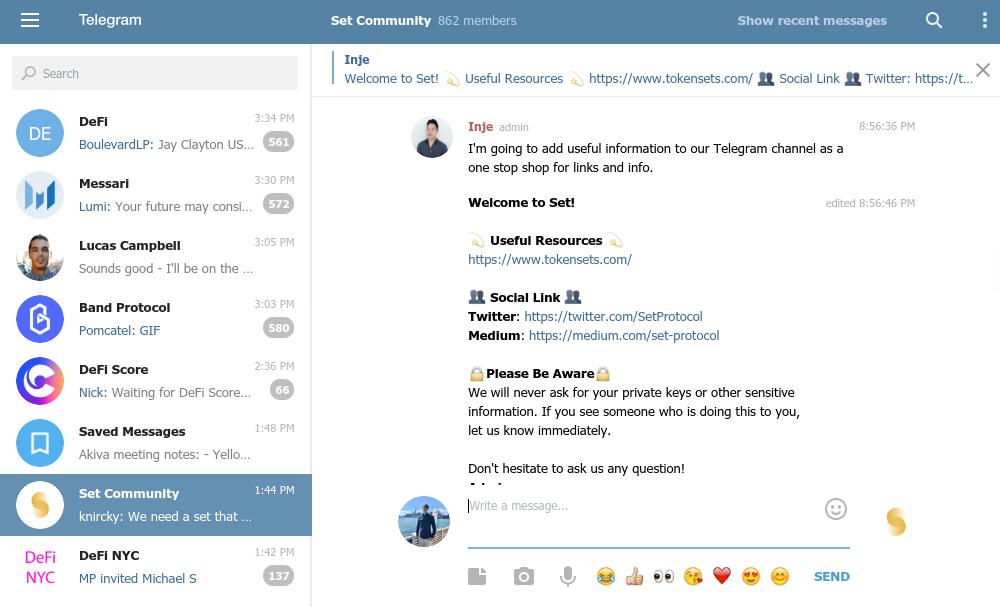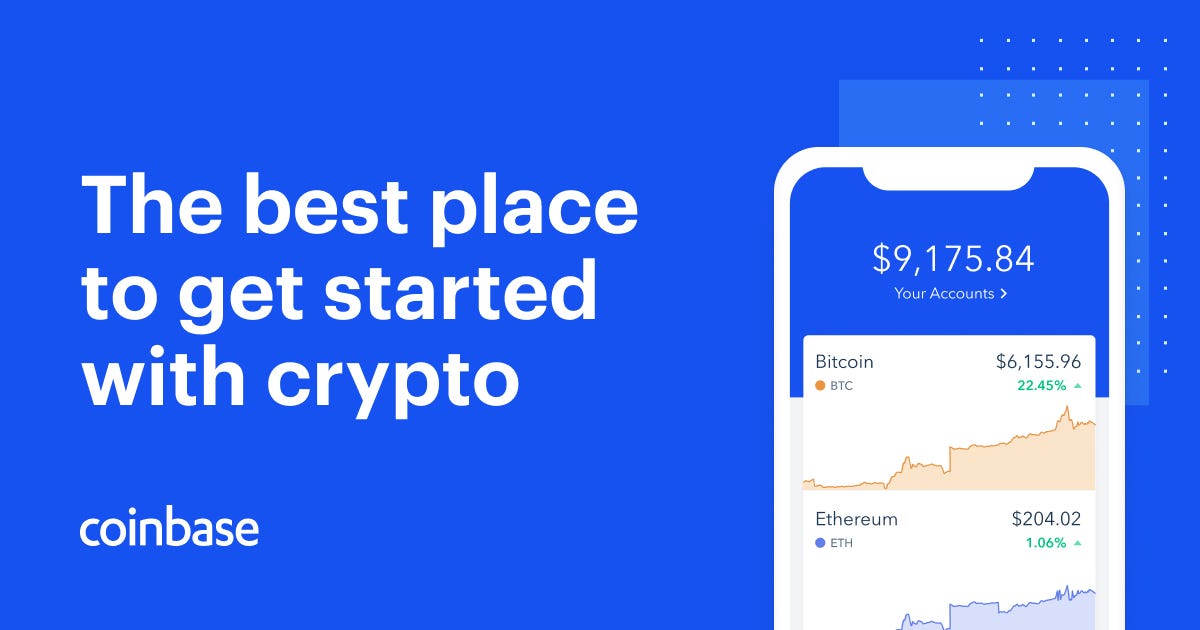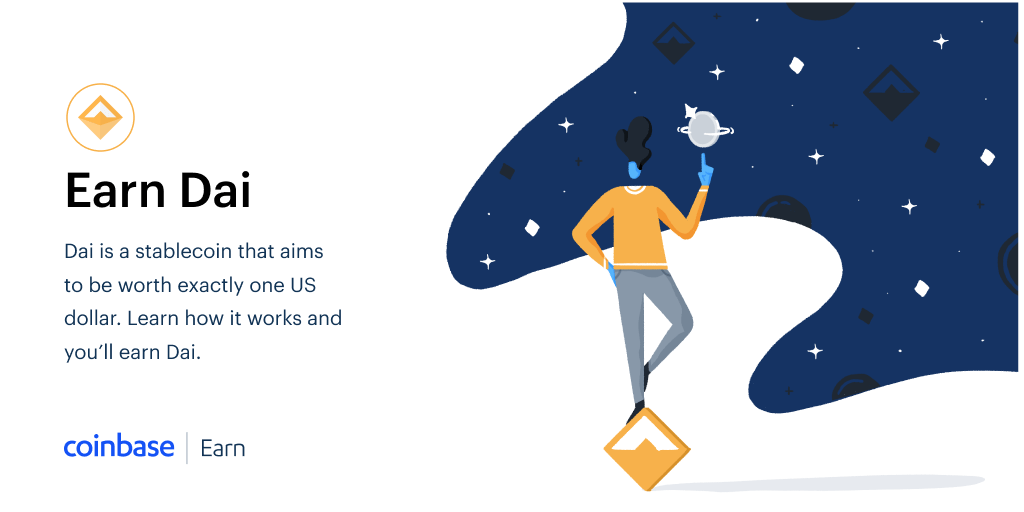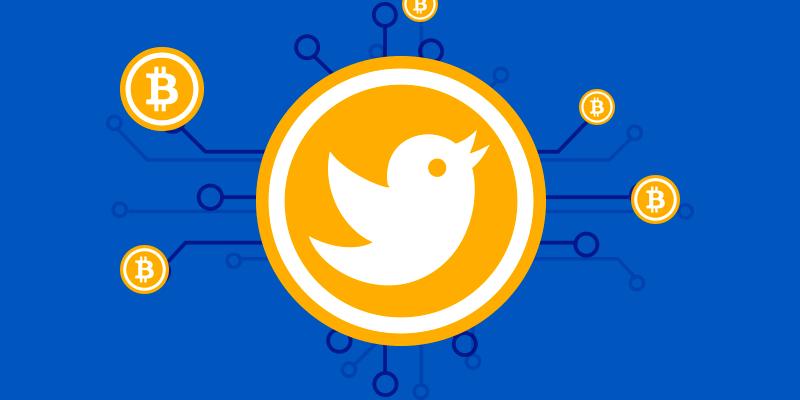When the average person hears the term cryptocurrency or blockchain, they often need to hear the word Bitcoin to know what someone is talking about. In a technically complex industry filled with an endless rabbit hole of obscurity, it can be extremely challenging to get started.
In this series, we’ll be walking readers through a suite of informational articles aimed towards beginners, new to blockchain and digital assets. We hope that these articles can provide an unbiased opinion on how to start learning, rather than the common approach of encouraging you to start investing.
Motivational Preface
Before diving in, it’s important to reflect on what you’re hoping to get out of this industry. Ask yourself:
- Am I planning to build my own blockchain or create a new cryptocurrency?
- Is there something about decentralized economies that I’m looking to learn more about?
- I’ve heard a lot about the lucrative nature of the industry. Is the hype real?
Having a high-level game plan can help you avoid the rabbit holes we alluded to earlier, ultimately streamlining your learning experience. More specifically, an overload of information often serves as one of the largest barriers to entry. As a result, many people will quit early on because there’s simply too much tech jargon for them to digest.
While there’s definitely a lot of native vocabulary that you’ll come to learn in time, selecting a specific category or interest within the context of blockchain is a great way to be calculated in your initial research. If you’re looking for some guidance on what some of the larger trends in the industry are at any given time, feel free to give us a call.
Step 1: Join Telegram
Telegram has quickly emerged as the defacto platform for the majority of blockchain communication. More specifically, Telegram offers “supergroups” which are capable of hosting extremely large numbers (10,000+) individuals. As it stands today, many blockchain-based businesses will use Telegram as the primary channel to engage with their community on a daily basis.
Rather than recommending any particular channels, we think that’s it better to have you simply create an account. This will likely be the place where any of your blockchain colleagues prefer discussing any and all things crypto.
It’s important to note that communication platforms such as Discord and Signal are also becoming more and more common, but for someone just getting started, Telegram is a great way to passively join project discussions to hear what teams have been working on behind the scenes.
Step 2: Download Metamask
When it comes to interacting with blockchain protocols*, Ethereum has established the largest ecosystem of working applications today. As such, web 3 wallets such as Metamask are used to unlock the benefits any Ethereum-based product or service has to offer.
While Metamask is just one of the many wallets you may come across, we’ve found that virtually all reputable Ethereum dApps (decentralized applications) can be accessed through this particular wallet.
Best of all, Metamask give you complete ownership of your funds. This means you are the only one with access to the assets in your wallet. Stated another way, Metamask is non-custodial, meaning they do not have access to your money. This is different from other exchanges like Binance in which the wallets are custodial, meaning that they are the ones holding the assets instead of you.
What’s cool about Metamask is that it serves as a universal login to the ever-growing landscape of Ethereum applications. This means that whatever Ethereum dApp you might come across, Metamask (and any assets in your wallet) will serve as a fast and easy way to get started.
*It’s important to note that Metamask currently only works with Ethereum-based applications. While we’ll dive in to what this means in a future article, please note that Metamask only stores Ethereum-based assets (ETH and any ERC token) and does not store digital assets of other blockchains such as Bitcoin (BTC).
Step 3: Find an On-ramp
While we want to keep this article away from investing as much as possible, it’s vital to recognize that should you want to start purchasing cryptocurrencies, you’ll need an exchange with fiat onramps* to do so. In practice, these exchanges are unique in the sense that they allow you to link a bank account and deposit US Dollars to purchase digital assets such as Bitcoin (BTC) or ether (ETH).
While most experienced traders have found more obscure exchanges to trade on, most new users in the United States (where we’re based) are introduced to Coinbase as their first exchange with fiat onramps. Making an account on Coinbase is extremely straightforward, meaning that you should have no trouble getting started.
Similarly, it’s important to recognize that virtually all cryptocurrencies are divisible to very small decimals, meaning that you can purchase something as small as $5 of Bitcoin. It’s a common misconception for new users to think that in order to purchase a cryptocurrency like Bitcoin, they have to purchase an ENTIRE Bitcoin (costing thousands of dollars) rather than buying a small, tester amount. Rest assured that most new users will dip their toes into the water with very small purchases (say $20 or $100) and work their way up from there.
As it relates to the broader concept of this article, we recommend that you find an exchange you prefer (like Coinbase), create a login and start the Know Your Customer (KYC) process. This will allow the exchange to put a face behind the account, helping them ensure that you are not a malicious actor and simultaneously allowing for your purchase limits to be increased. Once this is done, simply link your bank account to be able to purchase a cryptocurrency whenever you should choose.
*Other reputable exchanges with fiat onramps in the United States include but are not limited to Gemini, Kraken and Binance US.
Step 4: Earn to Learn
Before jumping in and buying any number of cryptocurrencies, we strongly recommend that you learn what they are and how they work. For this particular step, Coinbase recently introduced an Earn feature which allows you to read up on some of the top projects today. Better yet, specific campaigns even offer free coins when you successfully complete the quizzes.
These campaigns are by no means all-encompassing. In fact, there currently are no Earn campaigns on Bitcoin or Ethereum to date. With this being said, these quizzes are a step in the right direction. Seeing as they are backed by Coinbase themselves, these campaigns shed some light on more reputable projects in the space along with their long-term goals and existing use-cases. In this sense, it becomes easier for new users to understand which currencies can be trusted along with providing a high level overview on what the project (and their token) does, and a reward for doing so.
It’s important to note that the companies providing the tokens for these campaigns are financially motivated to educate as many users about their project as possible. In this sense, these campaigns will only provide a very high-level overview and often won’t talk about any of the drawbacks of a given token. For this reason, we also offer unbiased third-party reviews of any token project through paid consultation as well as a weekly newsletter analyzing new and emerging digital assets.
Step 5: Spin up your old Twitter account
Twitter? Yes that’s right, Twitter. While this may seem like an odd request, Crypto Twitter (known as CT to most) actually serves as the most vibrant ecosystem of blockchain-based discussion. Similar to our commander-in-chief, many leaders of the most reputable projects in the space actively converse on Twitter on a regular basis. Combined with press outlets sharing breaking news and influencers posting positive methods about adoptions, CT has quickly become our go-to resource for staying up to date on the industry’s latest progressions.
Whereas Telegram serves as a great way to quickly join an ongoing discussion on any given project, Twitter serves as a great way to enjoy the more social aspects of the industry. Most of the topics discussed are kept to a high level whereas every now and then you’ll find threads from developers or investors that go much deeper into the mechanics behind any given talking points.
If you’re joining CT for the first time, here are some of the prominent influencers you may consider following:
- Anthony Pompliano, Partner at Morgan Creek Digital
- Changpeng “CZ” Zhao, CEO at Binance
- Vitalik Buterin, Ethereum Co-Founder
- Larry Cermak, Director of Research at The Block
- Ryan Selkis, CEO at Messari
Similarly, our Twitter provides occasional retweets and posts about important industry updates from more obscure yet highly intelligent and respected industry professionals as well.
Conclusion
We hope that these steps can provide a much needed shift away from investment towards education. In order for this industry to ever grow to the scale of what the internet has become today, it’s important that new users feel comfortable getting started.
As many of us struggled to know where to start ourselves, we hope that this series can serve as a strong resource to share with friends and family as they consider exploring the exciting world of blockchain and cryptocurrency.
Subscribe for More Content

Ready to get started?
Get in touch, or send us an email
About Us
Fitzner Blockchain Consulting is a leading management consulting firm that specializes in blockchain-based systems and their design






